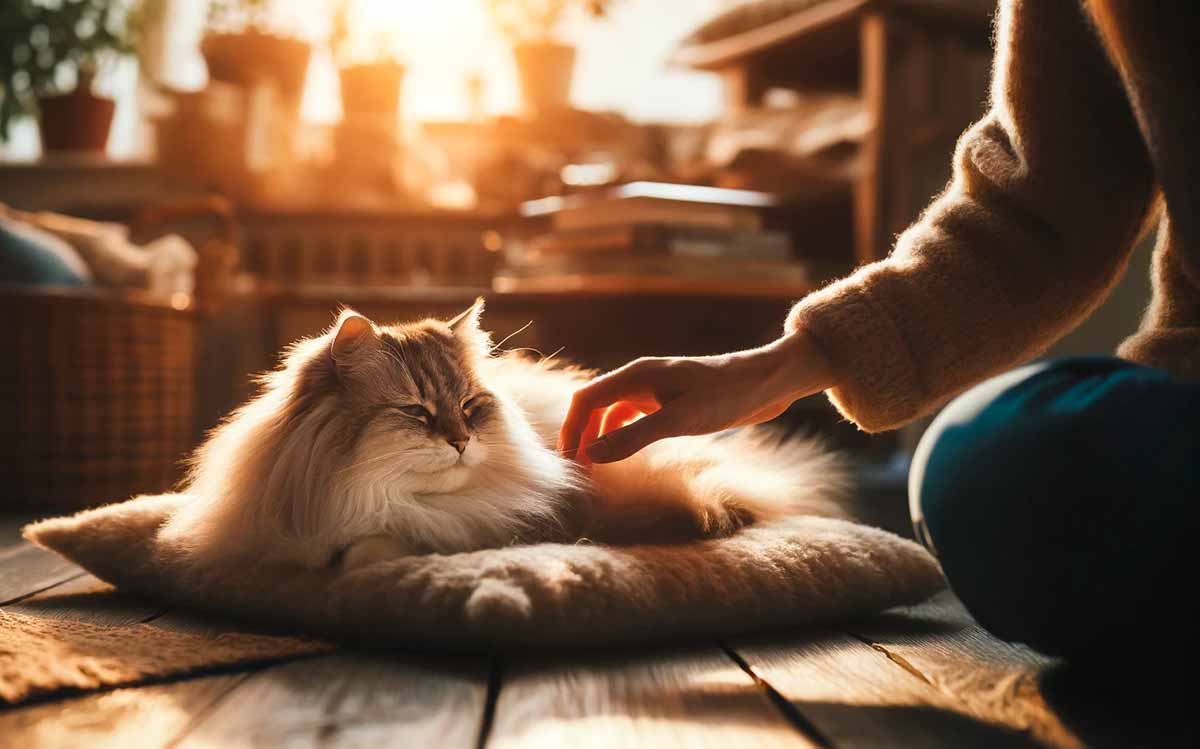
Who hasn’t had a super-friendly cat that seemed to love cuddles and ended up getting bitten by them? It’s easy to blame the animal, but science says you’re probably petting your cat wrong.
+ Cute video: 2-year-old boy and crow are best friends
According to The Conversation, the key to success is to give the cat as many choices as possible during the interaction. For example, let them control where they want to be touched and for how long. This will likely require a bit more self-control when it comes to cuddly animals.
Research shows that interactions with cats last longer if it’s the animals that initiate contact. It’s also crucial to pay attention to the animal’s behavior and posture during petting, to ensure they’re comfortable with the gestures. When it comes to touch, less is often more.
Generally, friendlier cats like to be petted in the facial region, such as the chin, around the cheeks, and at the base of the ears. Pets prefer these areas over others like the belly, back, or tail base. Above all, respect your cat’s boundaries.
Signs your cat is enjoying the petting:
- Its tail is in an upright position, and it initiated the interaction.
- The cat is purring and kneading you with its front paws.
- Your pet is gently swishing its tail from side to side.
- It has a relaxed posture, and its ears are pointed forward.
- Your cat gives you a gentle nudge if you stop petting it.
Signs you’re petting your cat wrong:
- It keeps moving or turning its head away from you.
- Your cat remains passive, without purring or rubbing against you.
- The pet is blinking a lot, shaking its head or body, or licking its nose.
- It makes quick and short grooming movements.
- In case of skin twitching, usually on the back.
- Your cat is swishing or thumping its tail.
- Its ears are flattened to the sides or turned backward.
- It makes a sudden head movement to stare at you or your hand.
- The pet tries to bite you or swats at your hand to push it away.

